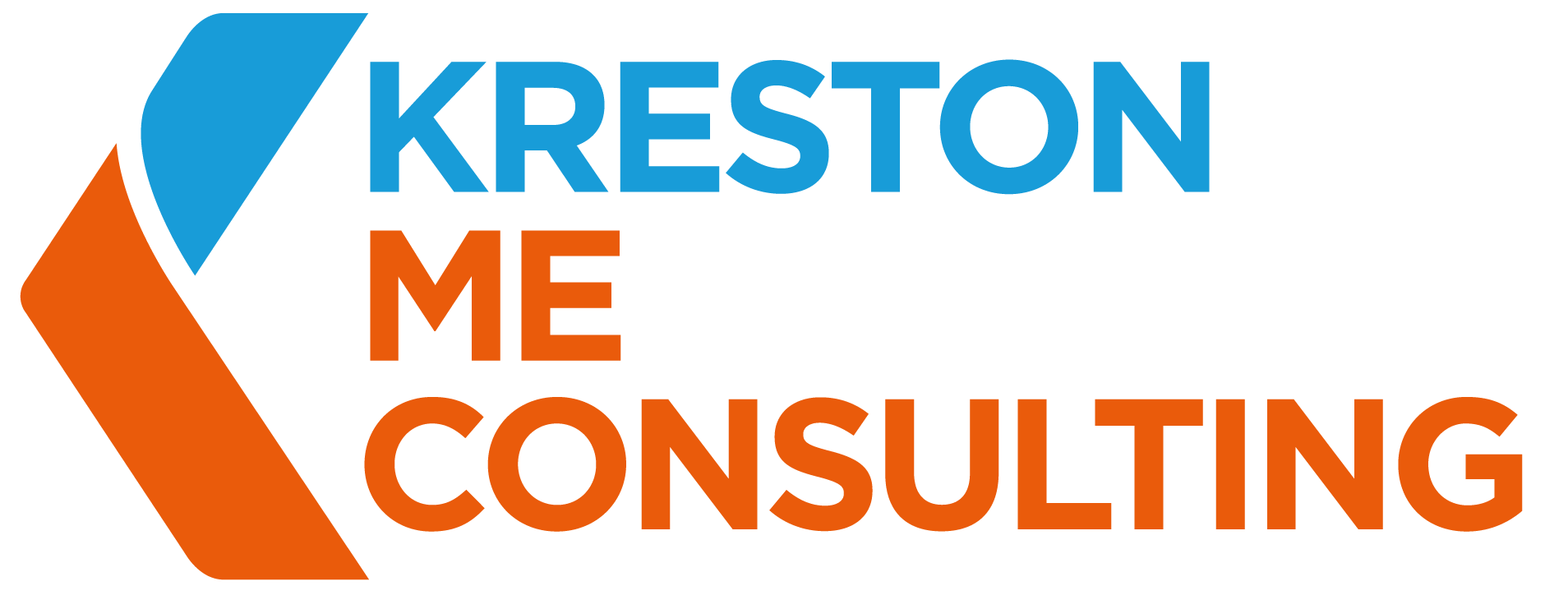Concurrent and Continuous Audit
Enhancing Financial Control and Risk Management
Maintaining robust financial control and risk management processes is vital for businesses in today’s complex and rapidly changing business environment. Concurrent and continuous audits are two essential tools that help organizations stay on top of its financial operations, identify potential risks, and ensure compliance with regulatory requirements.
What is Concurrent Audit?
Concurrent audit is an ongoing process of examining financial transactions and operations as they occur in real-time. It involves conducting regular audits during the course of business operations to provide timely feedback and ensure compliance with internal controls and established policies. Concurrent audits are typically performed by internal auditors or external professionals appointed by the organization.
Concurrent audits focus on detecting and addressing financial irregularities, fraud, errors, and control weaknesses promptly. By conducting audits concurrently, businesses can identify and rectify issues in a timely manner, minimizing potential losses and risks.
What is Continuous Audit?
Continuous audit takes the concept of concurrent audit a step further by leveraging technology and automation to perform real-time monitoring and evaluation of financial processes. Continuous auditing involves the use of specialized software and tools that continuously collect and analyze financial data, identify anomalies, and provide immediate alerts when deviations from established controls or patterns occur.
Continuous audits are designed to provide a comprehensive and ongoing assessment of financial operations. They offer real-time visibility into financial activities, allowing organizations to proactively address risks, prevent fraud, and ensure compliance. Continuous audits can be performed by internal audit teams or outsourced to specialized firms with expertise in technology-driven auditing.
Concurrent and continuous audits play a crucial role in enhancing financial control and risk management in the following ways:
Timely Detection of Errors and Fraud
Concurrent audits enable businesses to detect errors, irregularities, and potential fraudulent activities as they happen. By monitoring financial transactions in real-time, auditors can quickly identify discrepancies and take appropriate corrective actions. This timely detection helps minimize losses, prevent further fraudulent activities, and strengthen internal controls.
